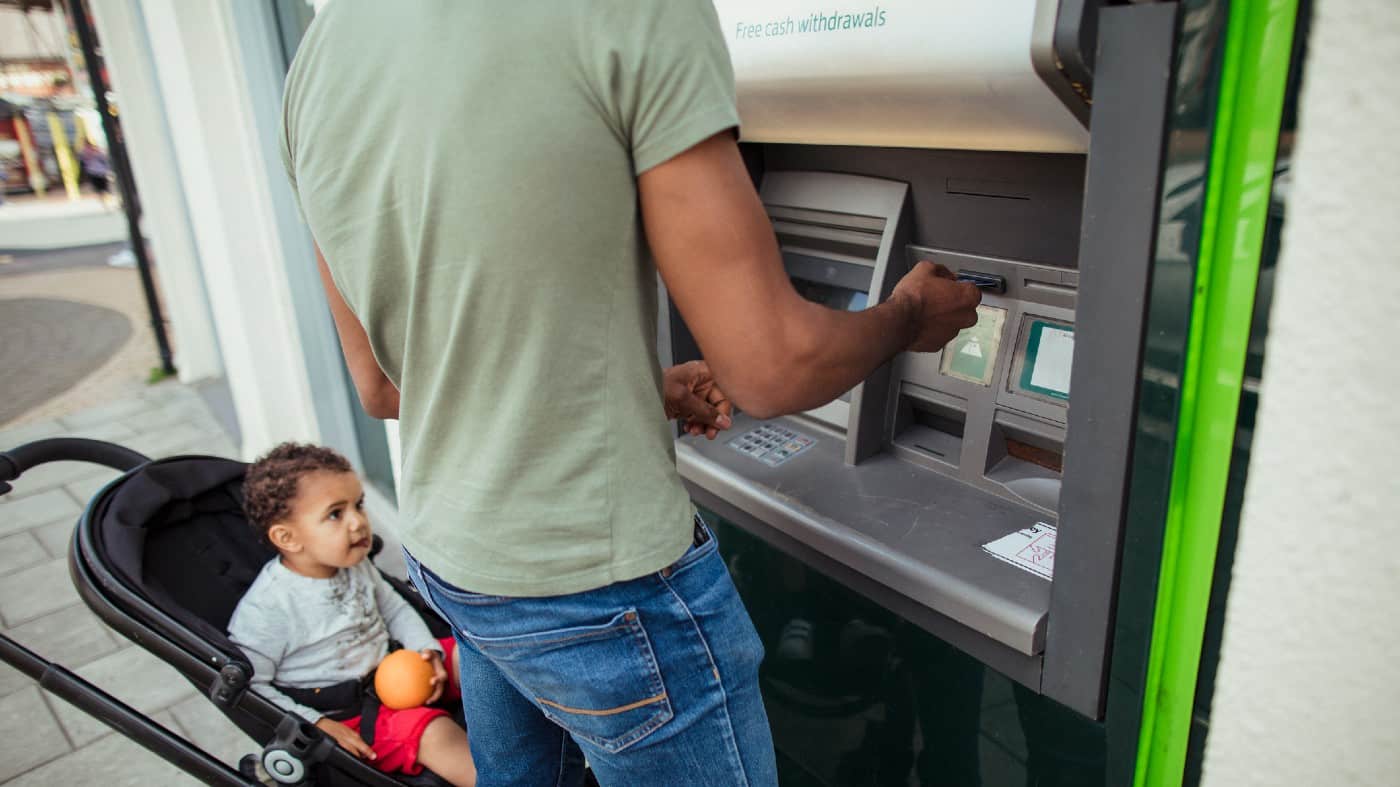It’s only 12 January and the Barclays (LSE:BARC) share price is already experiencing dips of up to 6%. Usually, I would jump on this great buying opportunity. But with an already strained economy of late, I can’t help but wonder if UK banks are doing okay.
Barclays is not the only bank experiencing share price volatility – Lloyds also had a sudden drop of around 5% this week, while HSBC and NatWest fell 3% each. Some smaller banks, like Virgin Money, which fell 7.8%, were hit even harder. (Notably, the fintech-focused digital bank Wise seems to have avoided the volatility, and is up 5% this year.)
Surprise inflation forecast
Earlier this week, several prominent forecasters issued an update suggesting UK inflation might fall faster than expected. The news was in contrast to reports from the Bank of England (BoE), which had previously said lending rates were unlikely to drop in 2024. The news means BoE Governor Andrew Bailey may have to bring forward the dates set for initial interest rate cuts.
Should you invest £1,000 in TBC Bank right now?
When investing expert Mark Rogers has a stock tip, it can pay to listen. After all, the flagship Motley Fool Share Advisor newsletter he has run for nearly a decade has provided thousands of paying members with top stock recommendations from the UK and US markets. And right now, Mark thinks there are 6 standout stocks that investors should consider buying. Want to see if TBC Bank made the list?
Unlike it’s competitors, Barclays concentrates much of its business in the UK. This means its performance is more heavily affected by the domestic economy. The string of interest rate hikes enacted by the BoE last year likely had a stifling effect on growth. Rate hikes are a double-edged sword for banks, growing revenue while simultaneously increasing the risk of lenders defaulting on variable rate loans.
But with inflation now under control and a better outlook for the economy, why is Barclays still struggling?
A rocky road since the pandemic
I think some of the bank’s issues could be attributed to bad decisions made under the tenure of previous chief executive Jes Staley. Despite a three-year campaign by activist Edward Bramson calling for the bank’s investment arm to scale back on trading, Staley refused to budge.
At the time, the bank appeared to be achieving adequate revenue, but Bramson felt the ongoing effects of the pandemic skewed first-half results. However, as pandemic fears faded, Barclays’ share price improved, peaking above £2 in early 2022.
Although he eventually abandoned his campaign in 2021, Bramson’s efforts may have been noticed. Barclays’ new CEO C.S. Venkatakrishnan – appointed following Staley’s resignation – may be taking his advice to heart. Late last year, Venkatakrishnan announced plans to trim the bank’s investment division in the hopes of recovering £1bn worth of revenue.
Optimism endures
Despite Venkatakrishnan’s best efforts, the outlook for Barclay’s remains questionable. Earnings are forecast to decline 0.7% per year, yet forecasters remain optimistic about the share price. Various analysts I’ve consulted forecast a 12-month average price target between £2.10 and £2.50.
If that’s anything to go on, then it seems Barclays shares are trading at a bargain. But I don’t expect to see significant gains any time soon. While volatility can present buying opportunities, I’m rather going to sit tight and monitor developments. Besides, there are many more promising FTSE 100 shares I have my eye on.








